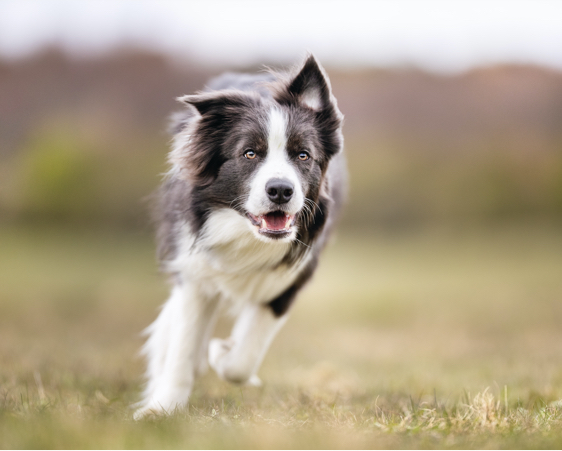We’ve all been sprayed by a shaking soaked pooch. Now their technique could be applied to washing machines.
Wet dogs and other wet animals shake their bodies in such a precise, effective manner that washing machine designers are taking notice, according to a new study that is the first to explain the physics of animal self-drying.
In addition to better washing machines, the findings could lead to improvements to dryers, painting devices, spin coaters and other machines.
“It’s surprising, but we still do not understand why washing machines work so well,” co-author David Hu said. “The equations that govern the fluid motion inside them are too complicated to solve. In this research, we decided to look to nature to ask the question: ‘How do we dry clothes effectively and efficiently?'”
SEE VIDEO: Time Warp: The Bulldog Shake
To find the answer, Hu and his colleagues used high-speed videography along with X-ray cinematography to see, in detail, what happens both internally and externally as a furry mammal shakes itself dry.
The scientists determined that shaking begins at the head area, which provides a solid point for the energy wave to propagate down the animal’s body. The head can also twist more, resulting in higher amplitude waves.
Once that process starts, “The animal’s head, body and skin all move during a shake,” project leader Andrew Dickerson, a researcher in the School of Mechanical Engineering at the Georgia Institute of Technology, told Discovery News.
“The body, though it shakes at the same frequency of the skin, cannot rotate as far,” he added. “The skin effectively twists around the body, traveling faster than the body and head can move.”
Very furry animals tend to have especially loose skin, which whips around as the animal changes direction, increasing the acceleration. Dickerson said it’s comparable to someone cracking a whip.
He and his team discovered that animals with smaller bodies must shake more rapidly than larger animals. These tinier mammals can experience up to 20 g’s of acceleration. The chosen frequency of animals might even be unconsciously determined, based on nerve and muscle dynamics.
“Small animals must shake faster because they have a smaller radius, and would not be able to generate sufficiently high accelerations on the water trapped in their fur if they shook at frequencies of large animals,” Dickerson explained.
“This is analogous to a merry-go-round,” he continued. “Sitting in the center, you experience little force on your body. As you move outwards, the force you feel pulling you outwards increases.”

